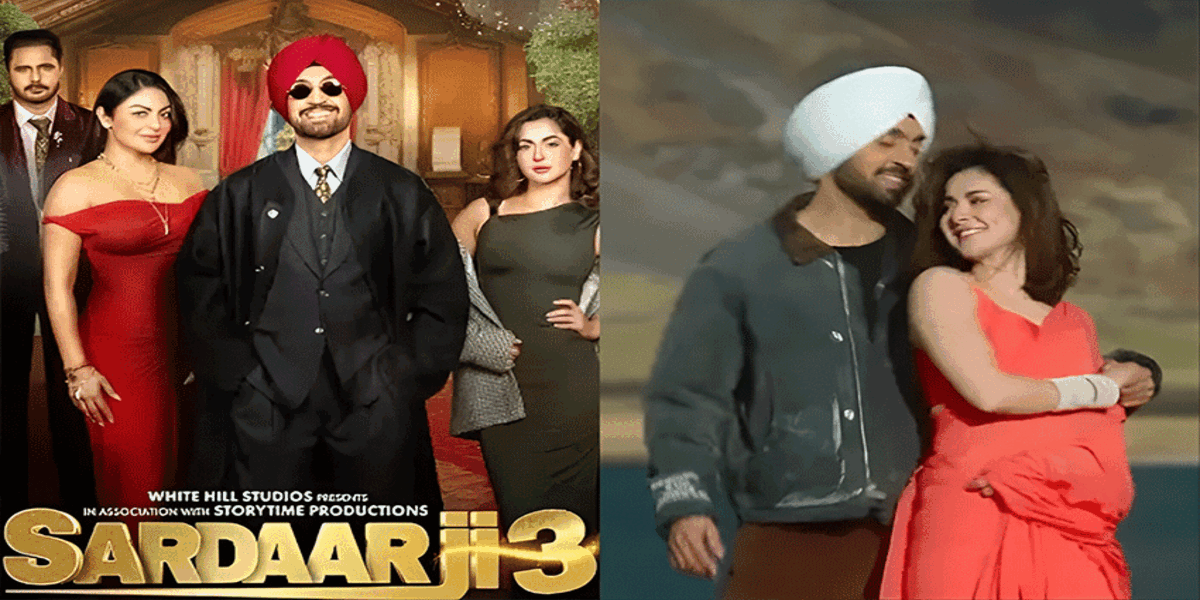In a historic ruling, the United States Supreme Court has determined that Andy Warhol’s images of Prince, which were based on photographs taken by Lynn Goldsmith, violated Goldsmith’s copyright.
With a majority vote of 7-2, the court rejected arguments put forth by Warhol’s foundation, claiming that the works were transformative and did not infringe upon copyright laws, as reported by CNN.
The decision comes at a time when the copyright implications of artificial intelligence (AI) and its impact on defining originality are of significant concern. Warhol frequently incorporated various photographs, logos, and artworks, spanning from everyday objects to iconic images, in his creations.
This ruling follows another recent copyright dispute between Ed Sheeran’s song “Thinking Out Loud” and Marvin Gaye’s “Let’s Get It On.” Despite similarities in chords and tempo, Sheeran’s song was deemed to have not violated Gaye’s copyright.
In the majority opinion, Justice Sonia Sotomayor stated that Goldsmith’s original works, like those of other photographers, deserve copyright protection, even when used by renowned artists. This protection extends to the right to create derivative works that transform the original.
However, Justice Elena Kagan, in a dissenting opinion joined by Chief Justice John Roberts, expressed concerns that the ruling could stifle creativity in various forms, potentially hindering the development of new art, music, literature, and ideas. The case primarily centers around the “fair use” doctrine in copyright law, which allows certain unlicensed uses of copyrighted works under specific circumstances, including transformative use that alters the meaning, message, or form of the original work.
The case in question revolves around Warhol’s silk screen images, originally created for a 1984 Vanity Fair article on Prince, using photos taken by Goldsmith three years prior. Copyright issues arose when Vanity Fair’s owner, Conde Nast, reused Warhol’s image following Prince’s death in 2016.
The Recording Industry Association of America (RIAA) and the National Music Publishers Association (NMPA) have long advocated for a copyright violation decision in this case.
In a statement, NMPA president/CEO David Israelite commended the ruling, stating, “Today’s Warhol Foundation decision is a massive victory for songwriters and music publishers. This is an important win that prevents an expansion of the fair use defense based on claims of transformative use. It allows songwriters and music publishers to better protect their works from unauthorized uses, something which will continue to be challenged in unprecedented ways in the AI era.”














